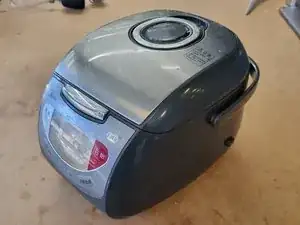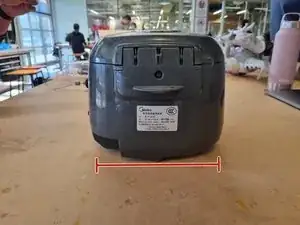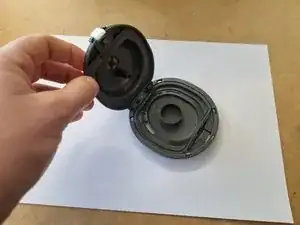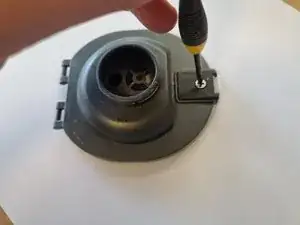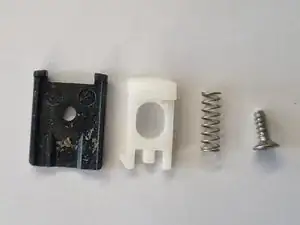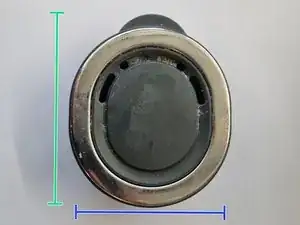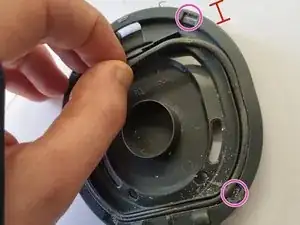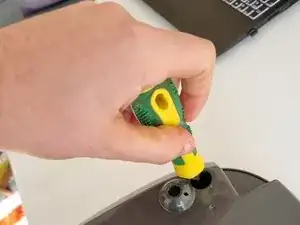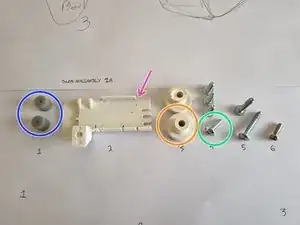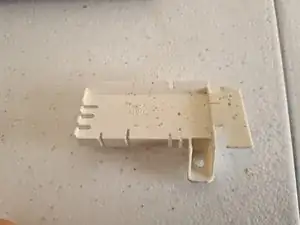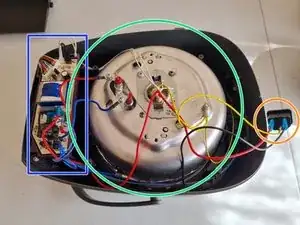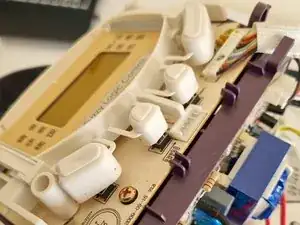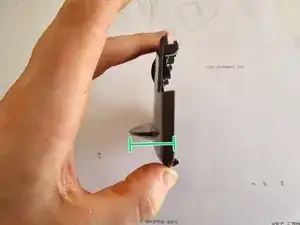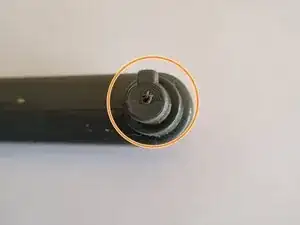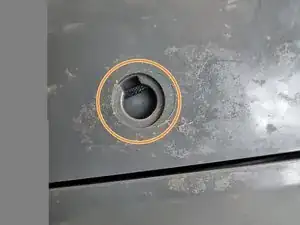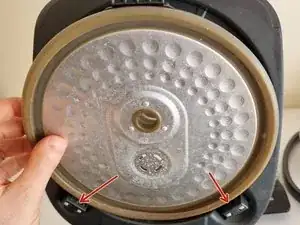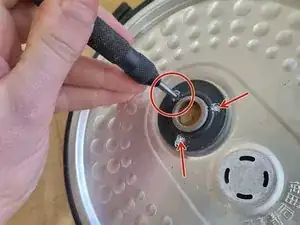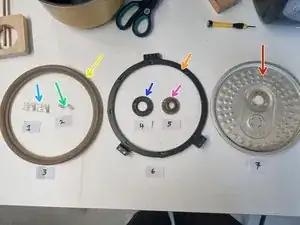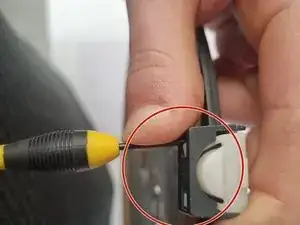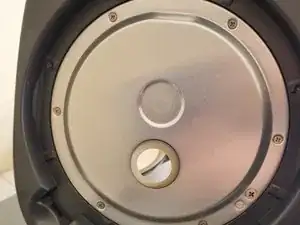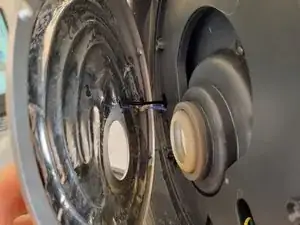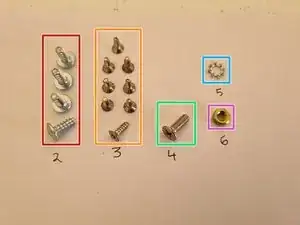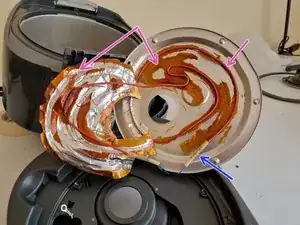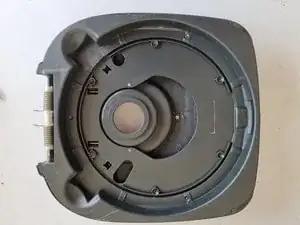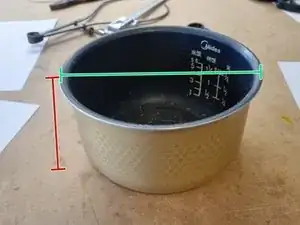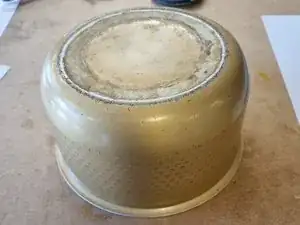Introduction
This teardown was completed as part of my elective for advanced engineering at RMIT. This teardown took around 7 hours as I wished to avoid destructive methods of disassembly other than when necessary. To complete this you will need, Phillips head screw drivers, wed head screwdrivers, a drill and 3mm diameter bit, a centre punch, and the usual PPE.
-
-
Midea FC307B Rice Cooker (prior to this teardown) in full working order, though the outlet cable had been lost.
-
Cooker weighs 3.2kg
-
Length: 304mm
-
Height: 218mm
-
Width 210mm
-
-
-
Top filter pops off easily.
-
Top weighs 65g (both parts)
-
Length: 117mm
-
Width: 90mm
-
Height/Depth: 35mm
-
Top filter further breaks down into two more assemblies held together with a hook hinge and a latch
-
-
-
Latch mechanism is held to the part with a single Phillips head m2 screw
-
The 4 parts sit together (as shown) to form the latch mechanism.
-
Note: the large slot in the white button component, that allows it to slide past the screw which intersects it. The red line illustrated how the screw intersects it.
-
All component's are made from ABS plastic with exception of the stainless-steel screw, and steel spring.
-
-
-
The top of the filter had three parts that came off relatively easily. A neoprene gasket that could just be pulled off, the main injection moulded ABS plastic body. And a stamped stainless steel element.
-
The stainless-steel element had tabs that were folded around the main plastic body. It could easily be removed using a flat wedge screwdriver to flip them up.
-
These tabs folded into gaps on the underside of the plastic body.
-
Length: 117mm
-
Width: 90mm
-
Height/Depth: 12mm
-
-
-
Bottom component made from grey ABS injection moulded plastic.
-
Bottom is held to the upper body of the cooker using 4 long Phillips head m3 screws which had to be accessed with a long screwdriver.
-
Bottom was further supported by 2 shorter m3 screws that also held neoprene stoppers on the underside of the cooker. I am not sure what is the purpose of these neoprene stoppers, possibly heat insulation?
-
Length: 317mm
-
Width: 245mm
-
Depth/Height: 75mm
-
-
-
All the components I removed whilst unscrewing the bottom
-
White injection moulded ABS plastic housing for the outlet cable.
-
Neoprene white stoppers, held on using m3 screws. Not sure what purpose they have.
-
Neoprene feet, prevent the cooker from falling off a surface by creating friction with the surface.
-
13mm long m3 Philips head screws, holds the bottom of the rice cooker to the upper
-
-
-
Removing the base by removing the screws, the inner workings of the cooker are exposed.
-
PCB circuit board - controls the cooker
-
Power outlet
-
Cooking/heating bowl - heats the removable aluminium bowl (second picture)
-
SEE STEP 18 FOR BOWL DETAILS
-
-
-
Mechanical buttons and circuit board are connected to a purple ABS injection moulded plastic frame
-
Frame is held to the main body of the cooker using 3 hard to access m2 Phillips head screws (here I have removed them)
-
Special hooks on the plastic frame for collecting and holding all the wires
-
-
-
Back cover had two purposes: (1) to prevent the handle from being able to line up with its slots (see next step) and (2) to cover the torsion springs that actuate the lid
-
Width: 32mm
-
Height: 77mm
-
Length: 130mm
-
-
-
After removing the bottom was able to see inside and see where the handle poked through onto the inside of the corner. Noticed the end of the handle had a nodule. Realised that the only way to remove the handle was to line up the nodule slot in the side.
-
Nodule slot on the handle, and on the side of the cooker
-
Weight of handle: 81g
-
Handle made from injection moulded ABS plastic. The mould notable has two halves indicated by the seam that runs along the inside of the handle
-
Height: 188mm
-
Width: 22mm
-
Length: 245mm
-
To remove handle and line it up with eh slots, the back cover had to be removed (previous step)
-
-
-
Removing the lid interior
-
button latches hold the lid interior inside of the lid - see arrows
-
-
-
Lid interior was held together using aluminium pop rivets - had to remove them by drilling the head off and using a punch to knock the rivets out.
-
Stamped aluminium plate
-
Outer neoprene gasket - injection moulded
-
Inner neoprene gasket - injection moulded
-
Main body housing - ABS plastic injection moulded
-
Steel springs
-
Riveting surface? ABS plastic injection moulded
-
Latches - ABS plastic injection moulded
-
-
-
To remove the ABS plastic clips I had to use a nail/thin screwdriver to push the clip ends inside the housing
-
Aluminium plate (like other parts of this cooker) held on by crimped tabs - had to uncrimp them using a thin screwdriver
-
-
-
Inside the lid there was a secondary stamped aluminium Pannel. It was held onto the lid curiously by 13 individual Phillips head screws
-
12mm m3 Phillips head screw - stainless steel
-
9mm m2 Phillips head screw - stainless steel
-
12mm m3 Phillips head screw - nickel plated steel
-
Why 3 different types of screw with two different types of material used?
-
Brass nut for m3 screw/bolt
-
m3 washer for electronic component?
-
-
-
Once the interior aluminium plate was removed, there was a thin layer of aluminium foil held on using a thermal resistant adhesive. I pulled the foil off revealing a heat sensor
-
Heat sensor
-
Adhesive
-
Fuse?
-
-
-
Lid was connected by wires/leads that were adhered to the inside of the lid. Had to cut the wires with a wire cutter to be able to remove the lid.
-
Length: 270mm
-
Width: 232mm
-
height/Depth: 45mm
-
-
-
Inside the lid was a neoprene gasket - see purple for indication of where it went
-
Diameter of gasket:50mm
-
Hehgiht:15mm
-
-
-
Spin moulded anodised aluminium bowl
-
PTFE nonstick coating on the inside
-
Height: 110mm
-
Diameter: 206mm
-
